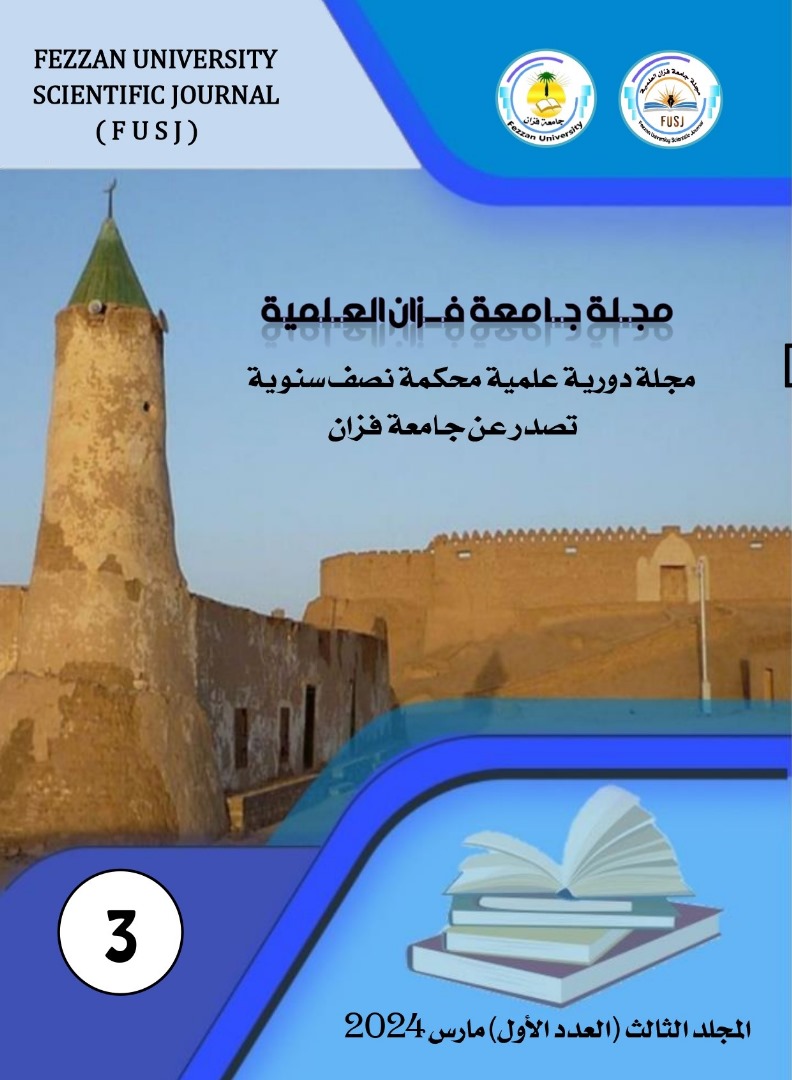Comparative Analysis of Antioxidant Properties and Phenolic Contents in Aqueous and Ethanolic Extracts of Citrus aurantifolia Using DPPH and ABTS Radical Scavenging Assays
##plugins.themes.academic_pro.article.main##
الملخص
This study investigates the phenolic content and antioxidant properties of Citrus aurantifolia extracts, comparing aqueous and ethanolic variants to ascorbic acid. The total phenolic content was measured using gallic acid equivalents (GAE) and quercetin equivalents (QE) on a dry mass basis. The ethanolic extract displayed a higher phenolic content in GAE terms (109.23 mg GAE/g DM), while the aqueous extract showed higher QE content (80.26 mg QE/g DM). Antioxidant activities were assessed using DPPH and ABTS radical scavenging assays. Both extracts exhibited concentration-dependent antioxidant activities. At 100mg, the aqueous extract demonstrated notable DPPH scavenging activity, though less than ascorbic acid, maintaining superior activity across all concentrations. In the ABTS assay, the ethanolic extract showed a marked increase in scavenging activity with concentration, nearing the efficacy of ascorbic acid at 100mg. The aqueous extract exhibited a progressive but less pronounced increase, indicating moderate antioxidant capacity. Overall, the ethanolic extract of Citrus aurantifolia demonstrated a higher phenolic content and more potent antioxidant activity than the aqueous extract, especially regarding hydrophobic antioxidant compounds. Ascorbic acid remained the benchmark for antioxidant efficacy, consistently exhibiting the highest activity. These findings highlight the impact of extraction solvents on the phenolic content and antioxidant potential of Citrus aurantifolia extracts, offering insights for their potential therapeutic applications.

